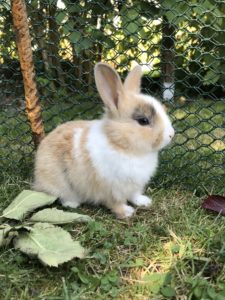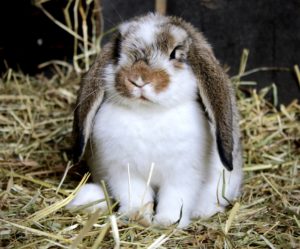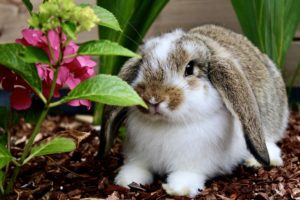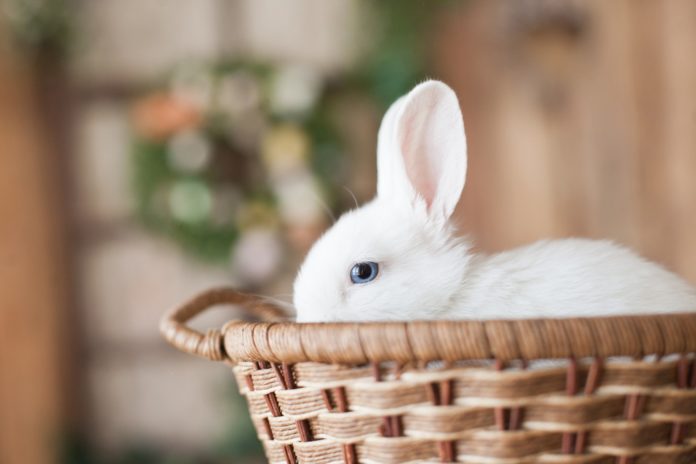It is not uncommon for people to spend countless hours looking for the perfect pet. Whether it’s a cat, dog, fish or bird – sometimes that perfect pet is hard to find. For those who are passionate about animals and don’t want any harm come to them, consider adopting a rabbit as your next furry best friend!

Rabbits can make wonderful pets because they’re low maintenance (just like cats!) and have interesting personalities. But before you take one home with you, here are some things every potential bunny owner should know-
1) A rabbit will need an average of 2-3 hours of attention each day. That means if you work all day at your job outside the home then this may not be the right pet for you!
2) Rabbits require their own cage to hold at least 4-6 sq feet of floor space. This can be purchased or built – but you’ll need to line the bottom with 3 inches of paper bedding (which is sold at local pet stores). Once a week, all of the soiled litter will need to be removed and replaced with fresh bedding.
3) Rabbits, being prey animals by nature, are often skittish animals who will typically require weeks or months to get used to their new owners. Remember that daily interaction is important so they do not become too stressed out!
4) Rabbits are herbivores which means they need a diet of fiber-rich vegetables and fruits. Some of the things you can feed rabbits include: cucumber, carrot, broccoli, mango, peppers and spinach!
5) Rabbits need to be spayed or neutered by a certified veterinarian. This is incredibly important because un-altered rabbits will often spray like cats which can make them difficult to keep in your house!
6) Rabbits need to be groomed often. This includes brushing their coats once a week and cleaning out their ears with a cotton ball (weekly or bi-weekly).
7) Both males and females make good pets – but if you decide that you’d like to own one of each, neutering is important otherwise they will reproduce quickly and you will need to give them up as it is illegal to keep multiple un-altered rabbits.
8) Rabbits should be kept indoors at all times. They can live in outside hutches but should not be allowed to roam the yard as they are prey animals by nature and could be attacked by wild animals.

Rabbit ownership
Purchasing a rabbit is a big decision – and like with any pet, there are responsibilities that come along with owning one. Here are some things to keep in mind if you’re considering adding a bunny to your family:
1) Rabbits require an average of 2-3 hours of interaction each day. This means if you work all day at your job outside the home then this may not be the right pet for you!
2) Rabbits require their own cage to hold at least 4-6 sq feet of floor space. This can be purchased or built – but you’ll need to line the bottom with 3 inches of paper bedding (which is sold at local pet stores). Once a week, all of the soiled litter will need to be removed and replaced with fresh bedding.
3) Rabbits, being prey animals by nature, are often skittish animals who will typically require weeks or months to get used to their new owners. Remember that daily interaction is important so they do not become too stressed out!
4) Rabbits are herbivores which means they need a diet of fiber-rich vegetables and fruits. Some of the things you can feed rabbits include: cucumber, carrots, broccoli, mango, peppers and spinach!

Gastrointestinal tract of rabbit
The gastrointestinal tract of the rabbit is a long and coiled tube that extends from the mouth to the anus. It is responsible for digesting food and absorbing nutrients. The stomach of the rabbit is a small, J-shaped organ that lies just posterior to the diaphragm. The small intestine is the longest part of the gastrointestinal tract and is where most of the absorption of nutrients takes place. The cecum and colon are sac-like structures that are responsible for storing fecal matter. The anus is located at the terminus of the gastrointestinal tract and is used for excreting waste.

